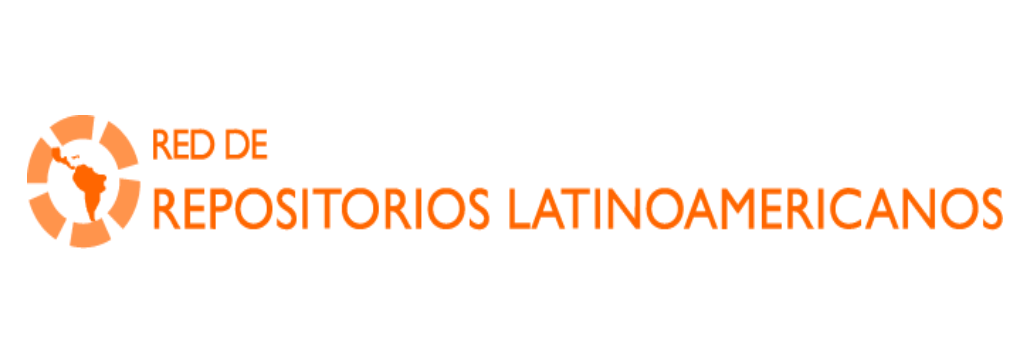Diagnosis of physical conditions for the implementation of a reverse logistics management model in a supply chain
Artículo de revista
2021-06-09
Journal of Physics: Conference Series
Colombia
The objective of this research was to structure a Reverse Logistics Management model applied to the furniture sector in the city of San José de Cúcuta, Colombia, based on the identification and analysis of the current business practices adopted by the companies that are part of this sector. For this purpose, engineering methods and techniques were used to propose alternatives that contribute to achieve a competitive growth, a better use of resources and environmental impact through strategies for the reuse of products or materials that, based on their physical properties, represent the best feasibility conditions. The type of research used was descriptive, with a qualitative approach. The methods used for data collection were mainly surveys, interviews and direct inspection of the companies studied, which made it possible to evaluate the physical variables of the object of study. It was possible to demonstrate that furniture manufacturing companies can adopt better reverse logistics practices in the manufacturing processes through referencing and articulation with strategic allies in the distribution channels. It was possible to establish the importance of implementing this model as a strategy to diagnose physical conditions and improve production systems to achieve a more efficient use of physical manufacturing resources.
Descripción:
Diagnosis of physical conditions for the implementation of a reverse logistics management model in a supply chain.pdf
Título: Diagnosis of physical conditions for the implementation of a reverse logistics management model in a supply chain.pdf
Tamaño: 786.8Kb
 PDF
PDF
 LEER EN FLIP
LEER EN FLIP
Título: Diagnosis of physical conditions for the implementation of a reverse logistics management model in a supply chain.pdf
Tamaño: 786.8Kb
 PDF
PDF
 LEER EN FLIP
LEER EN FLIP















